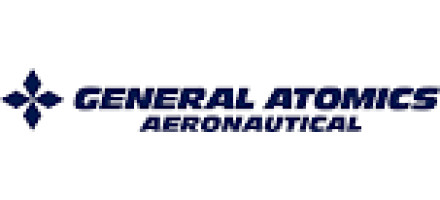DARPA working on program to enable airborne UAS launch-and-recovery system
NewsMarch 17, 2017

ARLINGTON, Va. The Defense Advanced Research Projects Agency (DARPA) recently completed Phase 1 of its Gremlins program, which has as its goal fielding volleys of low-cost, reusable unmanned aerial systems (UASs) that would be launched and later retrieved in midair. Moving on to the next stage, DARPA has now awarded Phase 2 contracts to two teams, one led by Dynetics (Huntsville, Alabama) and the other led by General Atomics Aeronautical Systems (San Diego, California).
Scott Wierzbanowski, DARPA program manager, says of the Gremlins program: “The Phase 1 program showed the feasibility of airborne UAS launch and recovery systems that would require minimal modification to the host aircraft. We’re aiming in Phase 2 to mature two system concepts to enable ‘aircraft carriers in the sky’ using air-recoverable UASs that could carry various payloads -- advances that would greatly extend the range, flexibility, and affordability of UAS operations for the U.S. military.”
The Gremlins program -- whimsically named for the imaginary, mischievous creatures that became the good-luck charms of many British pilots during World War II -- envisions launching groups of UASs from multiple types of military aircraft, including bombers, transport, fighters, and unmanned fixed-wing platforms, while out of range of adversary defenses. When the "Gremlin" UASs complete their mission, a C-130 transport aircraft would retrieve them in the air and carry them home, where ground crews would prepare them for their next use, as soon as within 24 hours.
Because the Gremlin UASs would be reusable, with an expected lifetime of about 20 missions, the system could reduce payload and airframe costs while also lowering mission and maintenance costs over that of conventional manned platforms.








